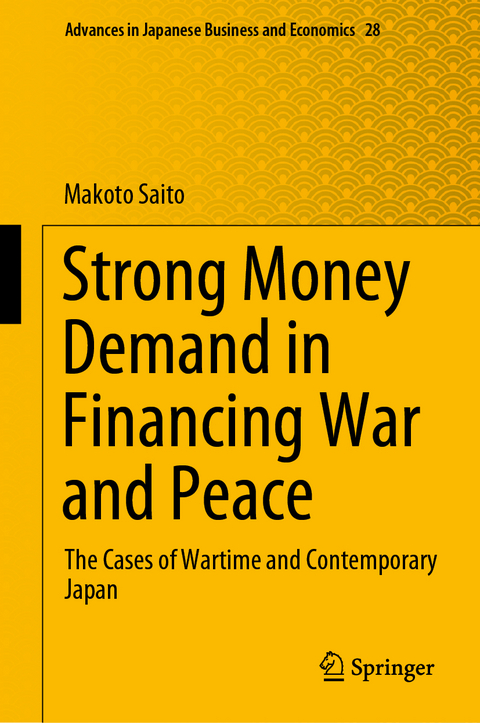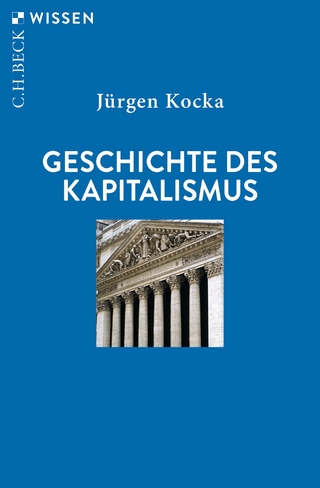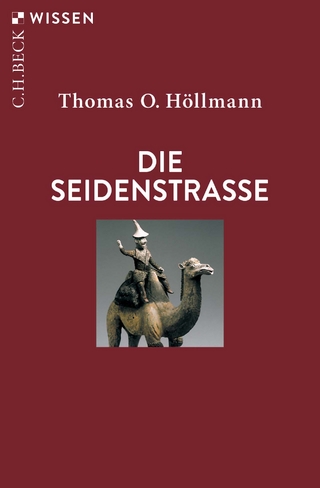
Strong Money Demand in Financing War and Peace
Springer Verlag, Singapore
978-981-16-2445-2 (ISBN)
Makoto Saito is Professor at Graduate School of Economics, Nagoya University, where he has been on the faculty since 2019. He received his B.A. from Kyoto University, and his Ph.D. from Massachusetts Institute of Technology. After he worked as economist at The Sumitomo Trust Bank, he was on the faculty at The University of British Columbia, Kyoto University, Osaka University, and Hitotsubashi University. His long-run research agenda concerns dynamics of asset pricing in the presence of heterogeneous agents in both domestic and international contexts. Immediately after the Great East Japan Earthquake happened in March, 2011, he conducted intensive research into the causes, effects, and consequences of the earthquake, including the Fukushima-Daiichi nuclear power accident. His recent research puts the Bank of Japan’s monetary policy in historical contexts, and explores policy implications. He published many papers in professional journals, including Journal of Monetary Economics,Journal of International Economics, Journal of Mathematical Economics, and Review of Income and Wealth. He received Ishikawa Prize from The Japanese Economic Association in 2007, and was given Medal with Purple Ribbon from the Emperor in 2014. For his books published in Japanese, he receives Nikkei Prize for Excellent Books in Economic Science in 2002, Economist Prize in 2008, The Zengin Foundation Award in 2010, and Ishibashi Tanzan Prize in 2012.
Long-Run Observations (the 1890s to the 2010s) and an Alternative Theory of the Price Level.- Demand for BOJ Notes from Black Markets under Price Controls (1937 to 1949).- On Wartime Money Finance in the Japanese Occupied Territories (1942 to 1945)
| Erscheinungsdatum | 28.06.2021 |
|---|---|
| Reihe/Serie | Advances in Japanese Business and Economics ; 28 |
| Zusatzinfo | 8 Illustrations, color; 44 Illustrations, black and white; XXIV, 204 p. 52 illus., 8 illus. in color. |
| Verlagsort | Singapore |
| Sprache | englisch |
| Maße | 155 x 235 mm |
| Themenwelt | Geschichte ► Teilgebiete der Geschichte ► Wirtschaftsgeschichte |
| Wirtschaft ► Volkswirtschaftslehre ► Finanzwissenschaft | |
| Wirtschaft ► Volkswirtschaftslehre ► Makroökonomie | |
| ISBN-10 | 981-16-2445-3 / 9811624453 |
| ISBN-13 | 978-981-16-2445-2 / 9789811624452 |
| Zustand | Neuware |
| Haben Sie eine Frage zum Produkt? |
aus dem Bereich


